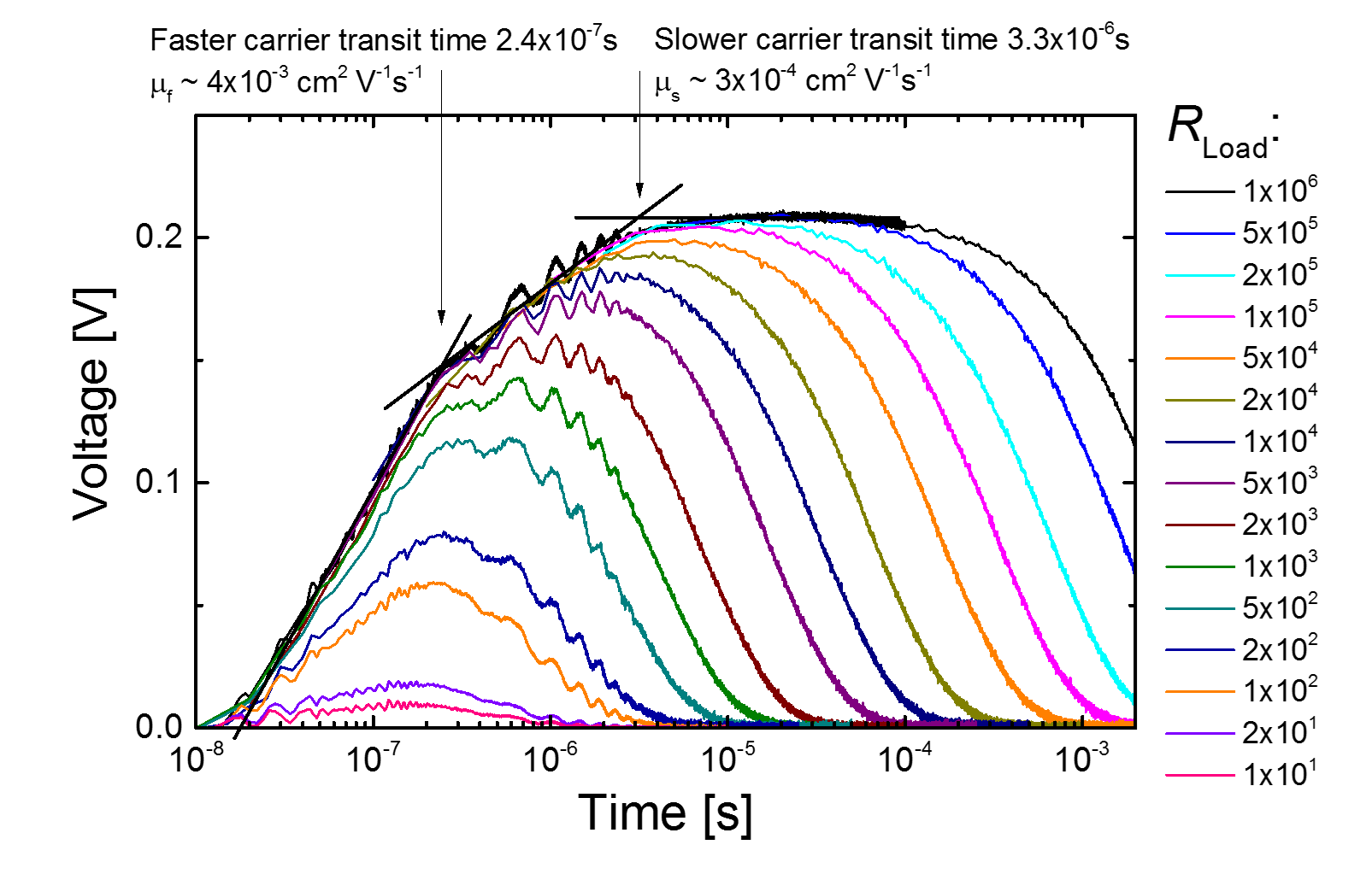New paper by David Jones and colleagues in Advanced Energy Materials
David Jones and Jegadesan Subbiah, in collaboration with UQ co-authors, have published a new paper in Advanced Energy Materials on the topic “Reduced Recombination in High Efficiency Molecular Nematic Liquid Crystalline: Fullerene Solar Cells”, see Adv. Energy Mater. (early view) DOI: 10.1002/aenm.201600939
The control of recombination process in organic solar cells is essential to improve efficiency and enhance charge generation. Work published by David Jones in 2015 (Nature Communications DOI: 10.1038/ncomms7013) introduced a new high performance p-type organic semiconductor (BTR) with the unusual ability to maintain high efficiency in optically thick devices, thereby facilitating printed solar cells. In the current work the School of Chemistry team collaborated with Ardalan Armin and Paul Meredith at UQ to probe the recombination kinetics in functional organic solar cells. Using four different static and dynamic methods they showed that the recombination rates are highly suppressed in these devices, amongst the highest reduction in Langevin recombination reported, facilitating high efficiency solar cells and indicating an unusually low energy loss at the internal interfaces.



Image Ardalan Armin and David Jones: Recombination processes after light absorption in BTR containing organic solar cells.